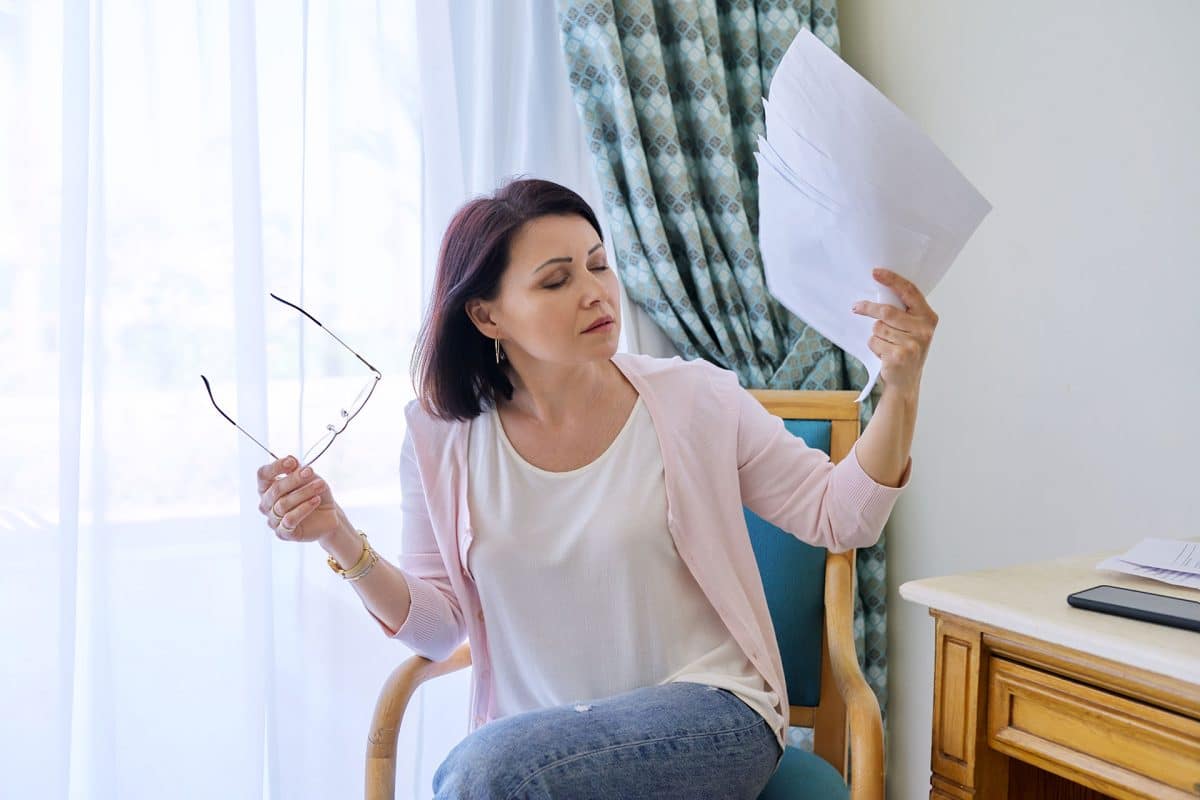Symptoms associated with menopause can be treated using Hormorme Replacement Therapy (HRT). These symptoms include hot flashes, night sweats, insomnia (inability to sleep), fatigue (tiredness), mood swings, low libido, vaginal dryness and weight gain. Age, family history and personal medical history all affect the severity of menopausal symptoms. The most common factor in the menopausal stage of life has to do with low levels of estrogen and progesterone produced by a female’s ovaries.
What is the purpose of estrogen? What does estrogen do?
Estrogen plays various roles in maintaining proper body function.
- Helps to line the uterus for possible implantation of a fertilized egg.
- Monitors and helps balance the amount of calcium utilized by the body to help prevent osteoporosis.
- Helps to maintain normal blood cholesterol levels.
What is the purpose of progesterone? What does progesterone do?
Progesterone plays multiple roles within the body.
● Helps to prepare the uterus for implantation of a fertilized egg.
● Aids in the maintenance of pregnancy.
● Regulates blood sugar.
● Improves mood and sleep.
Which symptoms does hormone replacement therapy relieve in women?
As the age of menopause approaches, ovaries start to decline in their production of estorgen and progesterone. This, in turn, may cause uncomfortable changes and symptoms within the body. Common symptoms associated with menopause are:
● Mood swings
● Hot flashes
● Night sweats
● Low libido
● Vaginal dryness
● Fatigue
● Trouble sleeping
What can women expect with Hormone Replacement Therapy?
HRT has the ability to boost hormones to higher levels which help relieve those uncomfortable symptoms associated with menopause. The first step in finding out if HRT is right for you is by consulting with a healthcare provider to review your symptoms, family history and goals. A blood panel will be requested in order to best understand and analyze deficiencies in the body, including hormone levels. Once reviewed, your healthcare provider will create a customized treatment plan catered to your specific needs. After 10 weeks of treatment, the provider will evaluate your progress to ensure that the products and dosages from your treatment plan are giving you optimal results. Once the provider confirms the treatment that will yield the best results, he/she will meet with you in person every 20 weeks to ensure everything is going according to plan.
To see a full list of the types of products we have click here.
Does having a uterus influence the decision on whether or not HRT is right for me?
Yes, the absence or presence of a uterus does influence which hormone replacement therapy care plan is best for you.
If a uterus is present, estrogen and progesterone are used alongside each other. If estrogen is not taken with progesterone, risk of cancer increases within the lining of the uterus. During normal menstruation, the lining of the uterus sheds, but when estrogen levels increase in the body without the release of the uterine lining, cancer can develop. Progesterone helps reduce the risk of cancer by thinning the uterine lining. For this reason, some women may experience monthly bleeding.
If you do not have a uterus and have had a hysterectomy, you won’t need to take progesterone.
Health Benefits of HRT in women
● Reduce risk of osteoporosis and breaking of bones
● Improve sense of mental well-being
● Lower risk of colon cancer
● Lower risk of diabetes
● Relieves pains of the joints
● Reduces the risk of tooth loss
How long does someone take hormone replacement therapy for?
The dosage of medication and duration of the treatment plan are custom to each individual as hormone levels, severity of symptoms and personal goals differ from one person to the next. It is highly recommended that you take the lowest possible dose of hormone therapy that works for you. Throughout the process, monitor your routine, progress, and symptoms and attend follow- up appointments to evaluate your care.

